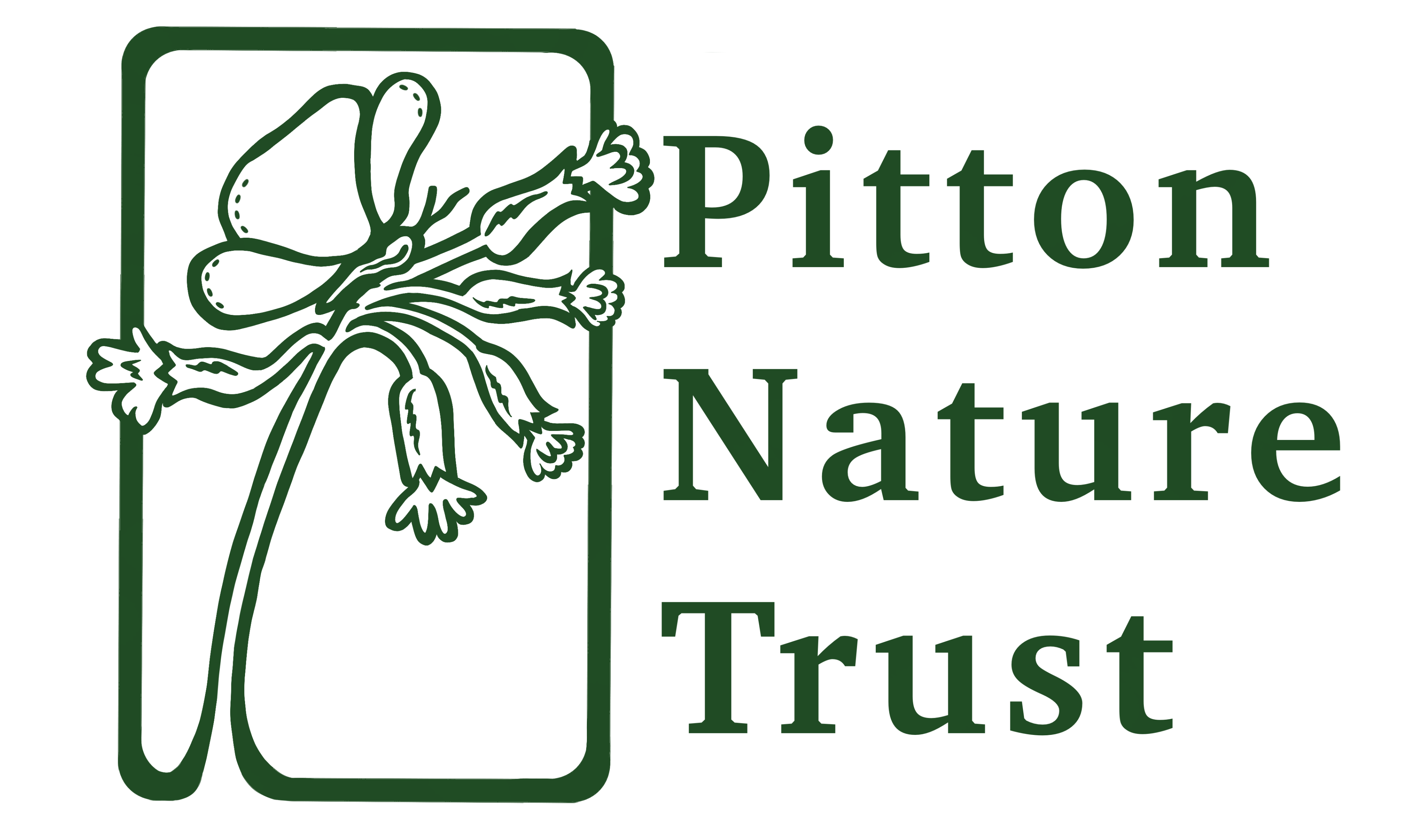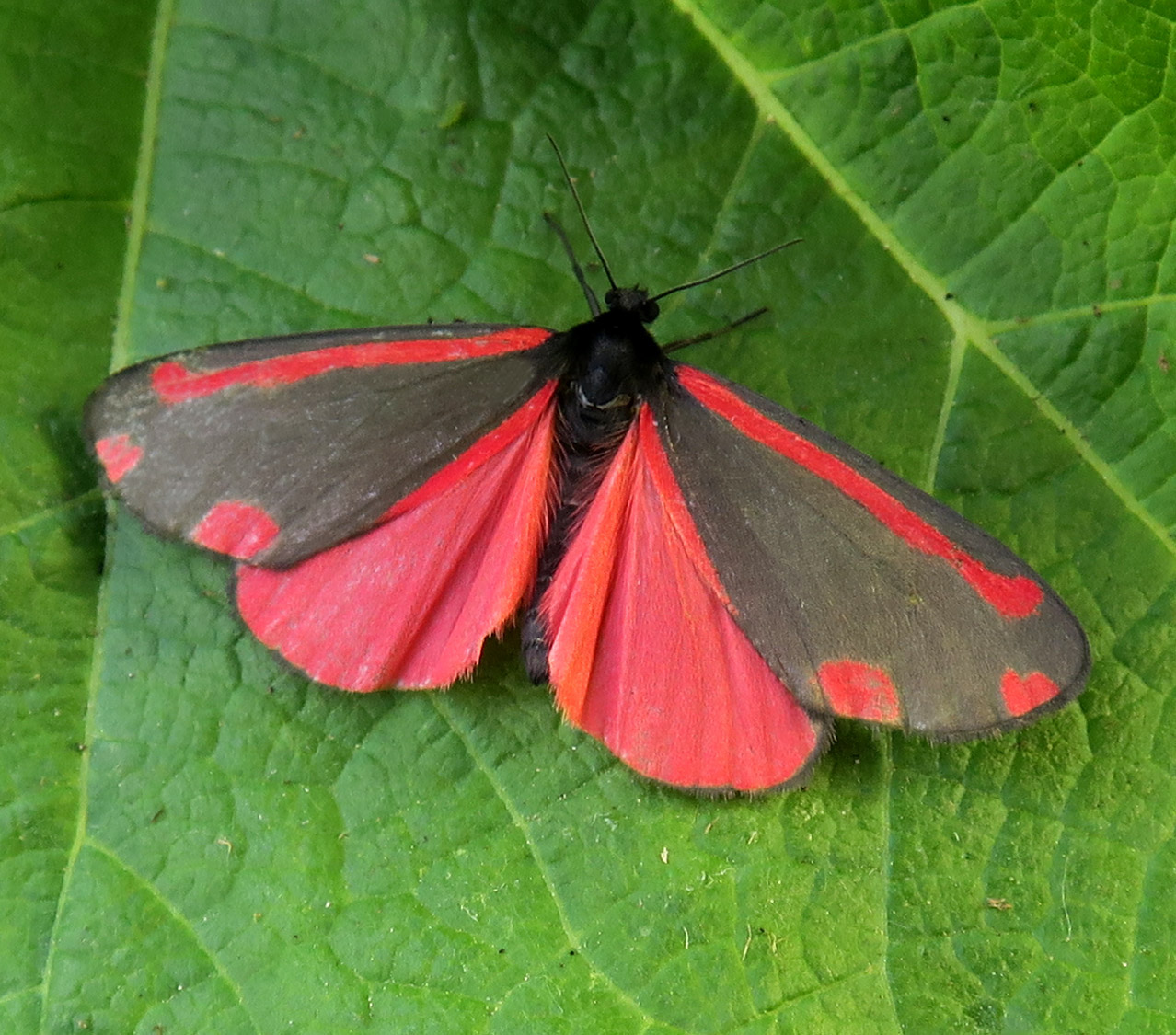In recent week’s a local moth expert, Laurie Evans, has been undertaking surveys on the Pitton Hill site. Laurie has identified over sixty different species of moths.
This work is a key part in establishing a baseline on the site and will assist in helping develop plans for the future management of a nature reserve on Pitton Hill.
Laurie’s list of species identified include:
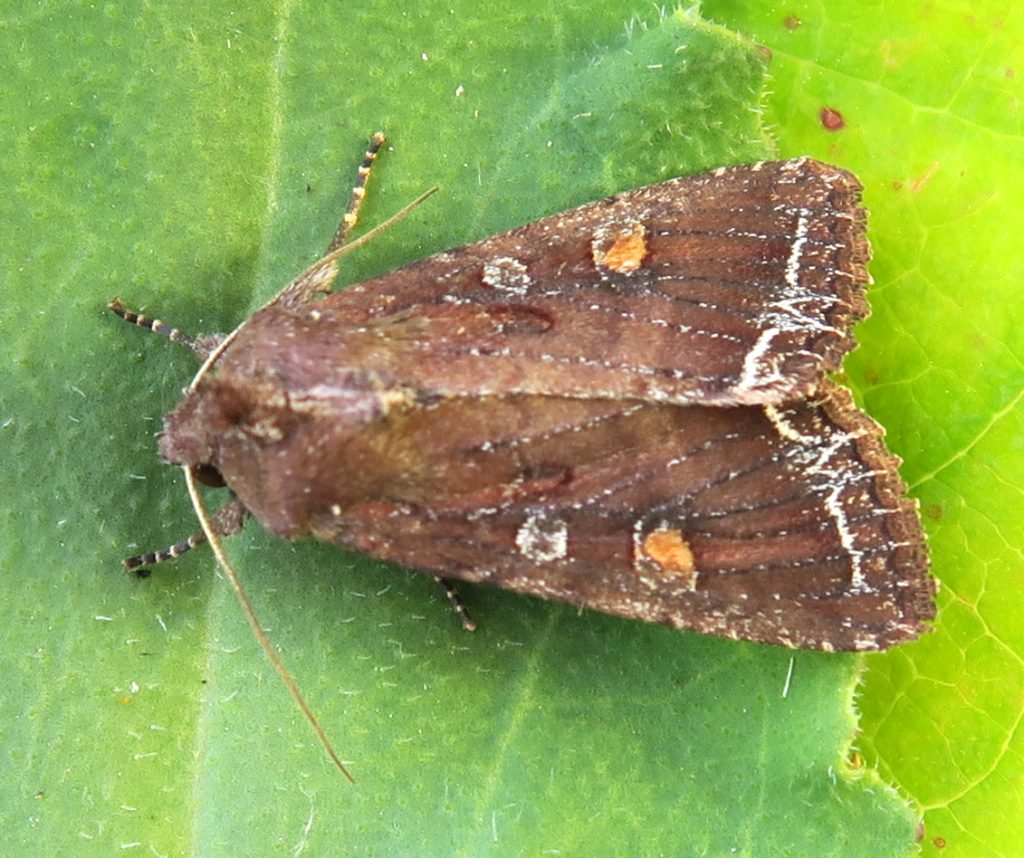
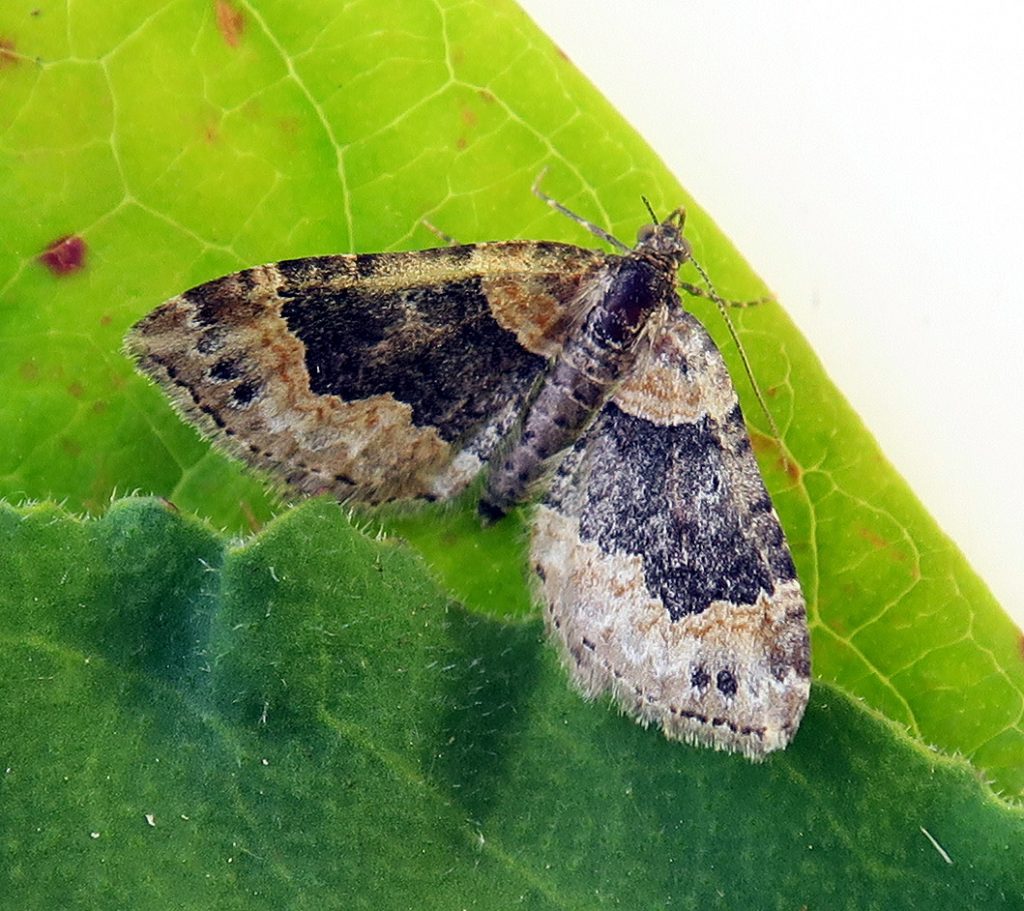
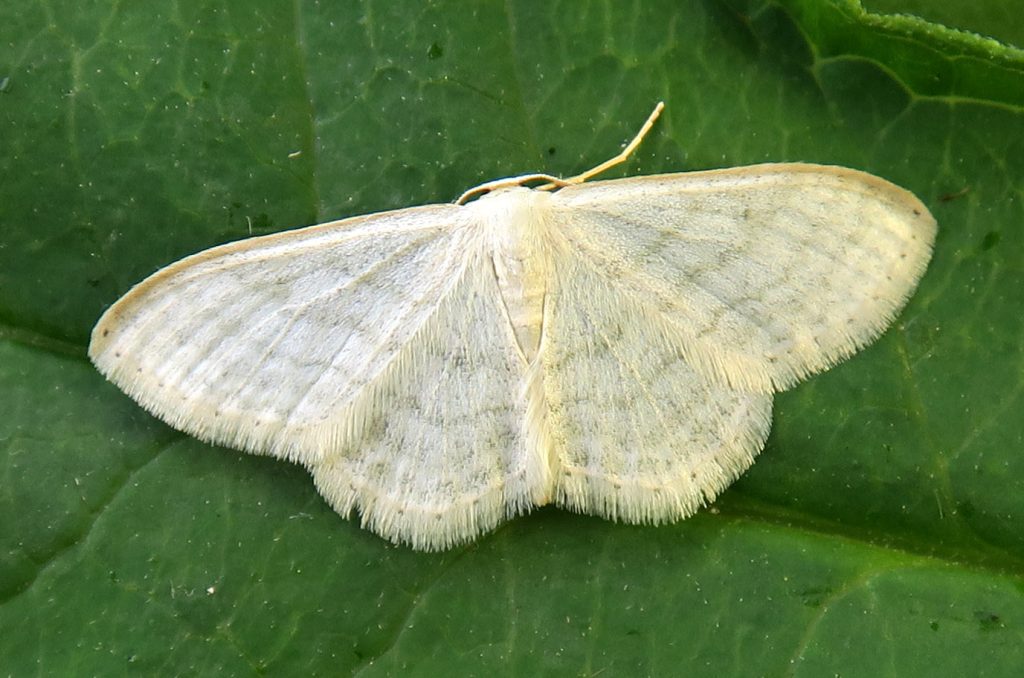
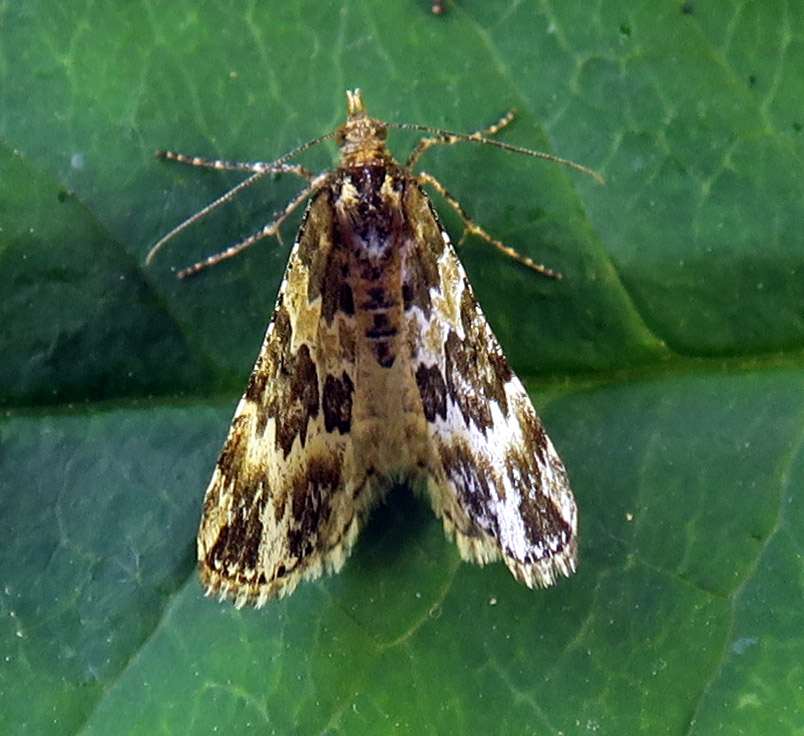
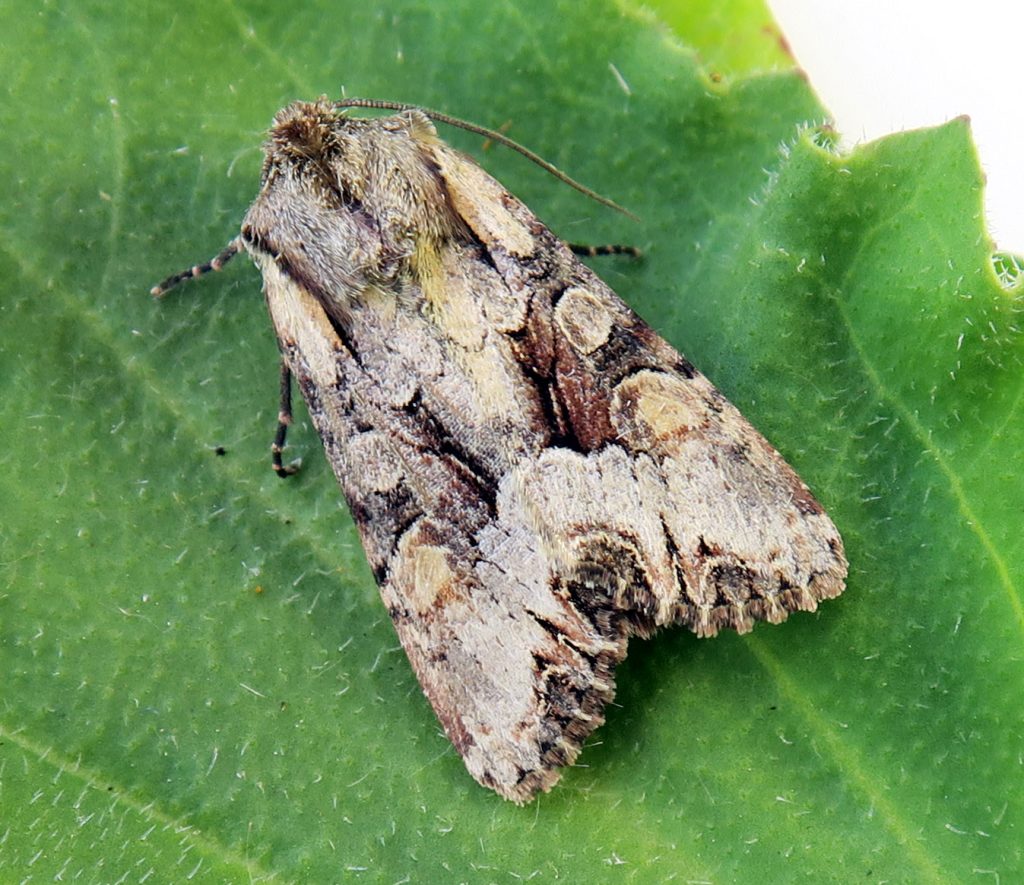
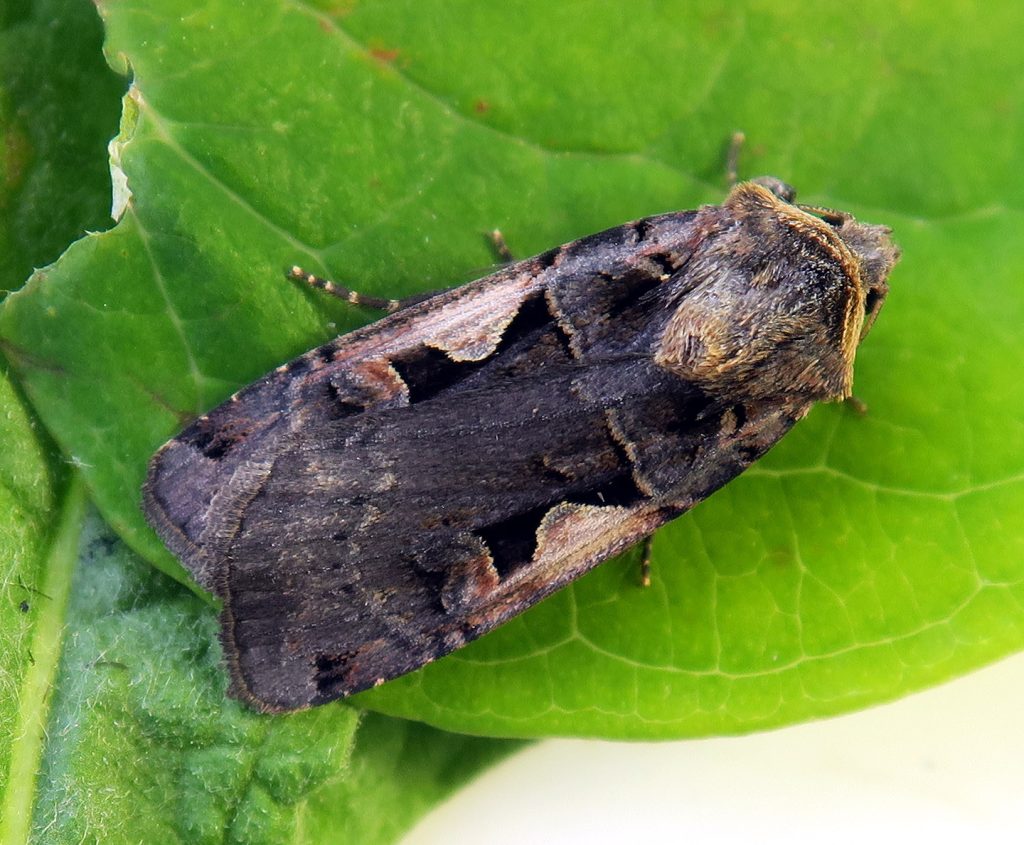
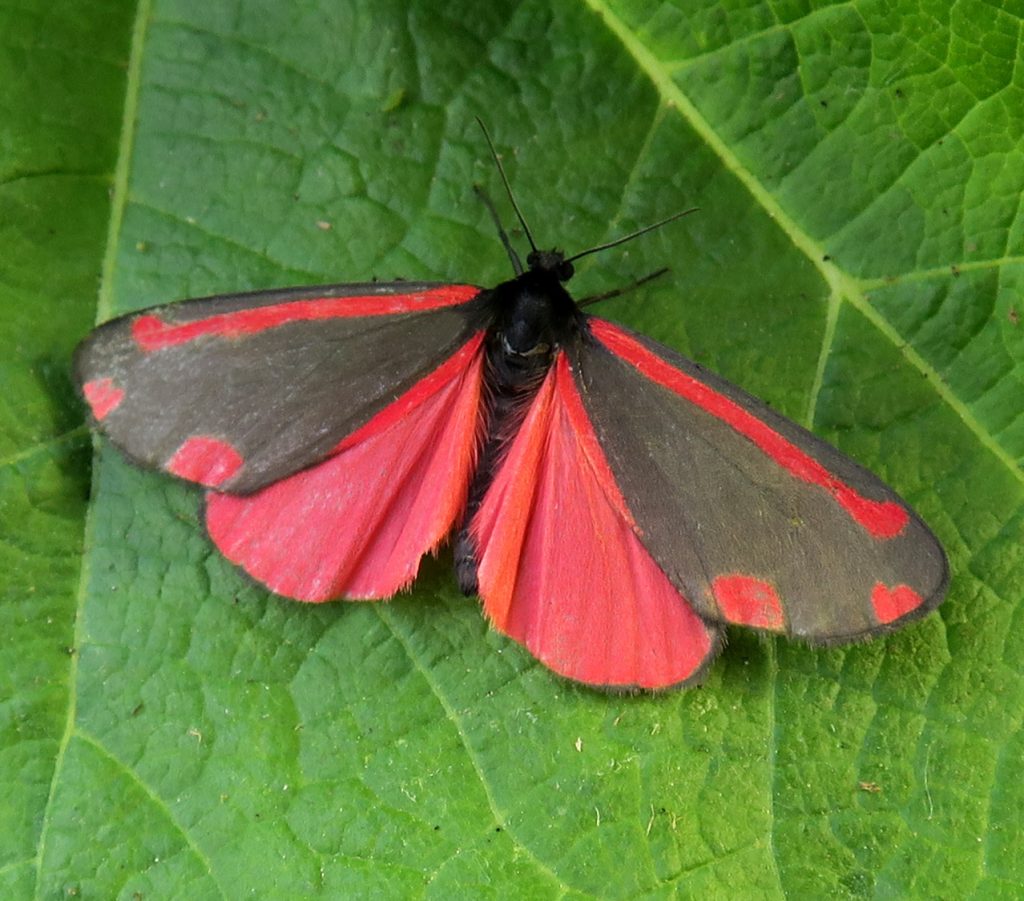
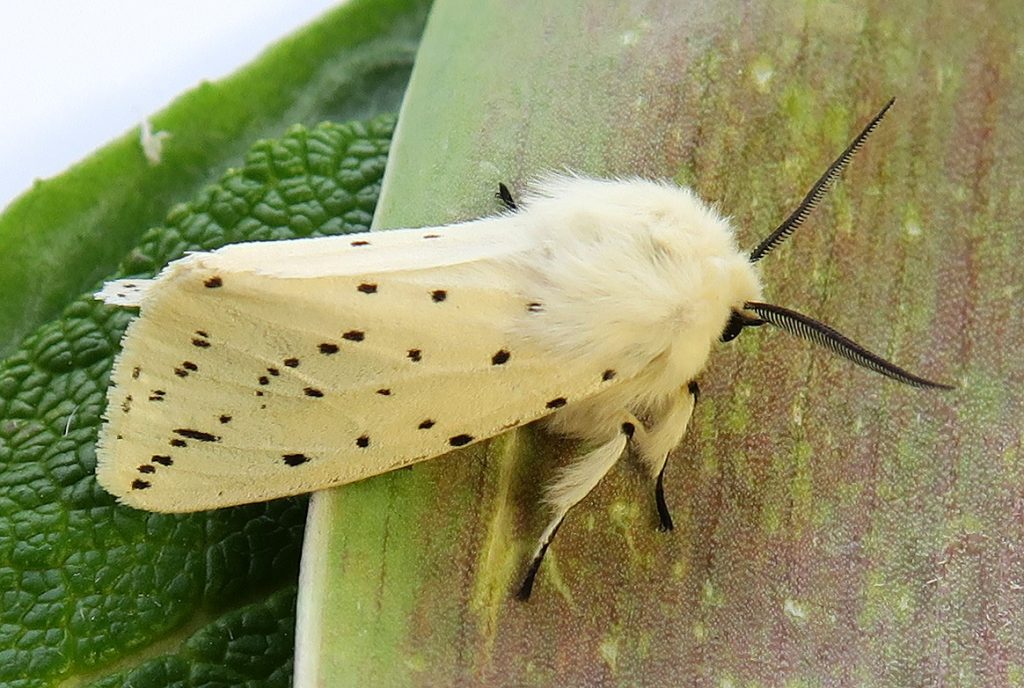
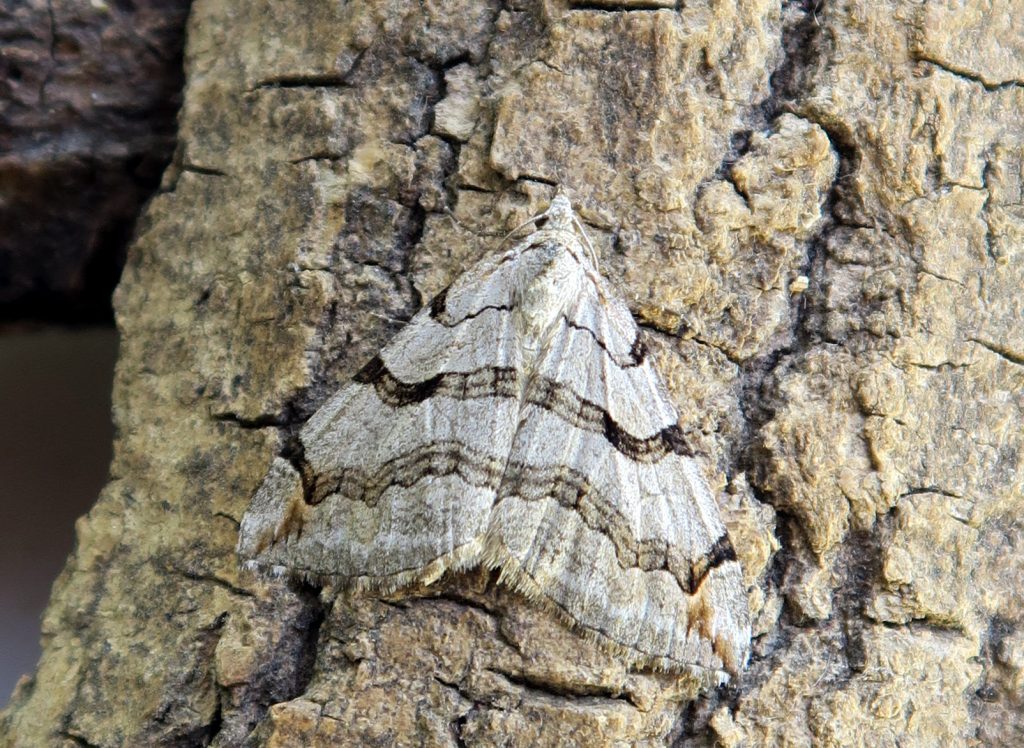
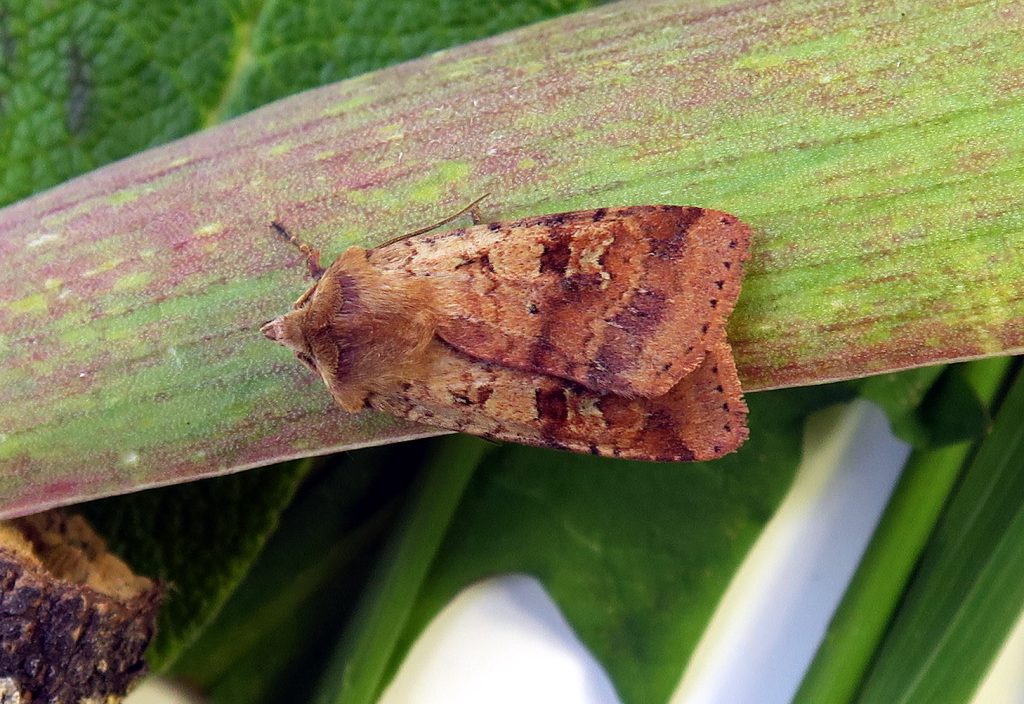
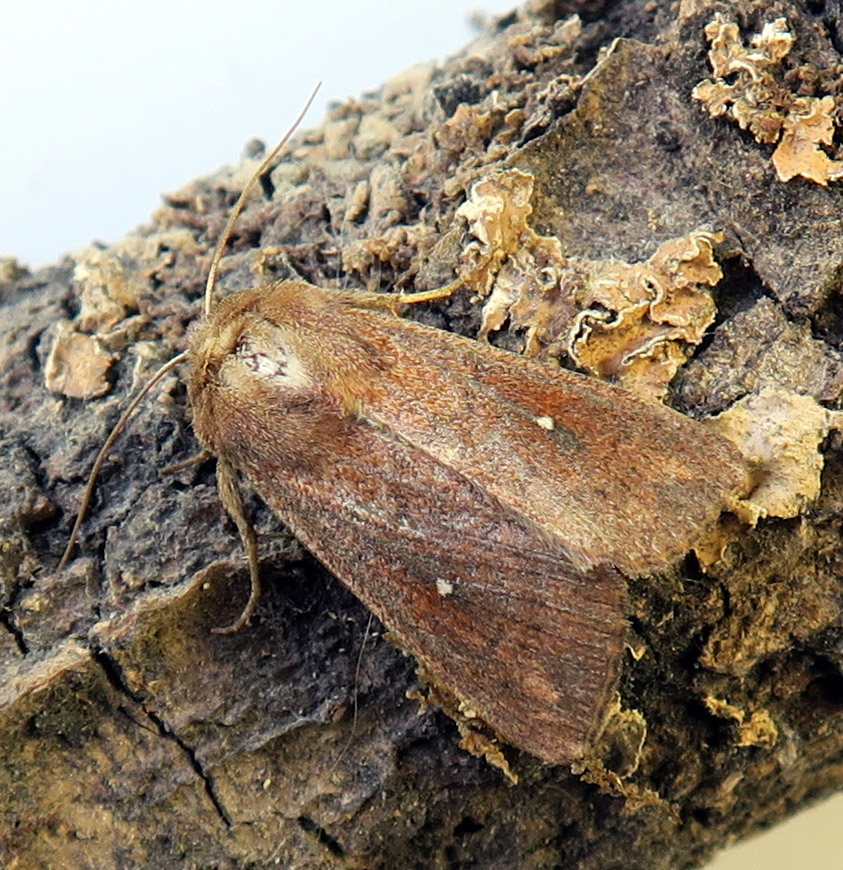
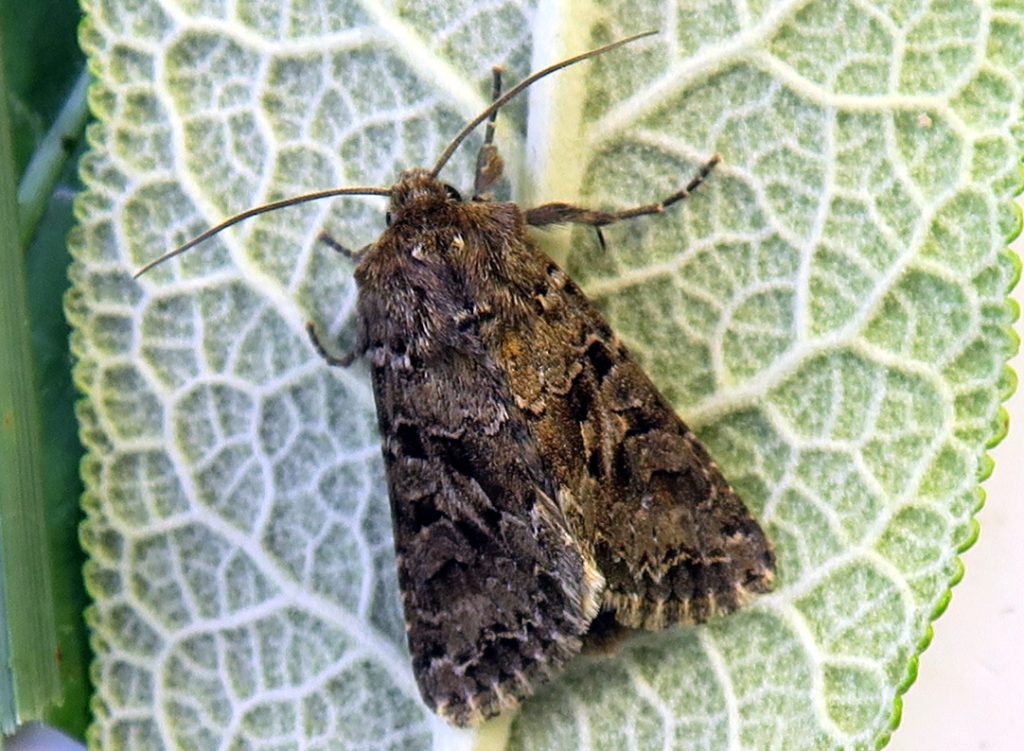
Here are details of some of the other moths identified during Laurie’s surveys.
| Common Swift |
| Common Sweep |
| Meadow Neb |
| Pointed Groundling |
| Straw Conch |
| Dark-barred Twist |
| Common Marble |
| Yellow-faced Bell |
| Knapweed Bell |
| Meadow Grey |
| Common Grey |
| Garden Pebble |
| Small Magpie |
| Large Tabby |
| Bee Moth |
| Satin Wave |
| Red Twin-spot Carpet |
| Dark-barred Twin-spot Carpet |
| Silver-ground Carpet |
| Common Carpet |
| Common Marbled Carpet |
| Spruce Carpet |
| Broken-barred Carpet |
| Green Carpet |
| Mottled Pug |
| Lime-speck Pug |
| Common Pug |
| Brindled Pug |
| Double-striped Pug |
| Treble-bar |
| Scorched Carpet |
| Brimstone Moth |
| Scalloped Hazel |
| Willow Beauty |
| Square Spot |
| Poplar Hawk-moth |
| Buff-tip |
| Pale Tussock |
| Orange Footman |
| White Ermine |
| Buff Ermine |
| Muslin Moth |
| Cinnabar |
| Heart and Dart |
| Shuttle-shaped Dart |
| Flame Shoulder |
| Ingrailed Clay |
| Setaceous Hebrew Character |
| Shears |
| Light Brocade |
| Bright-line Brown-eye |
| Hebrew Character |
| White-point |
| Knot Grass |
| Brown Rustic |
| Dark Arches |
| Rustic Shoulder-knot |
| Marbled Minor agg. |
| Treble Lines |
| Vine’s Rustic |
| Silver Y |
